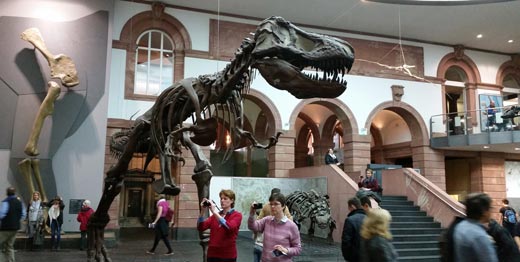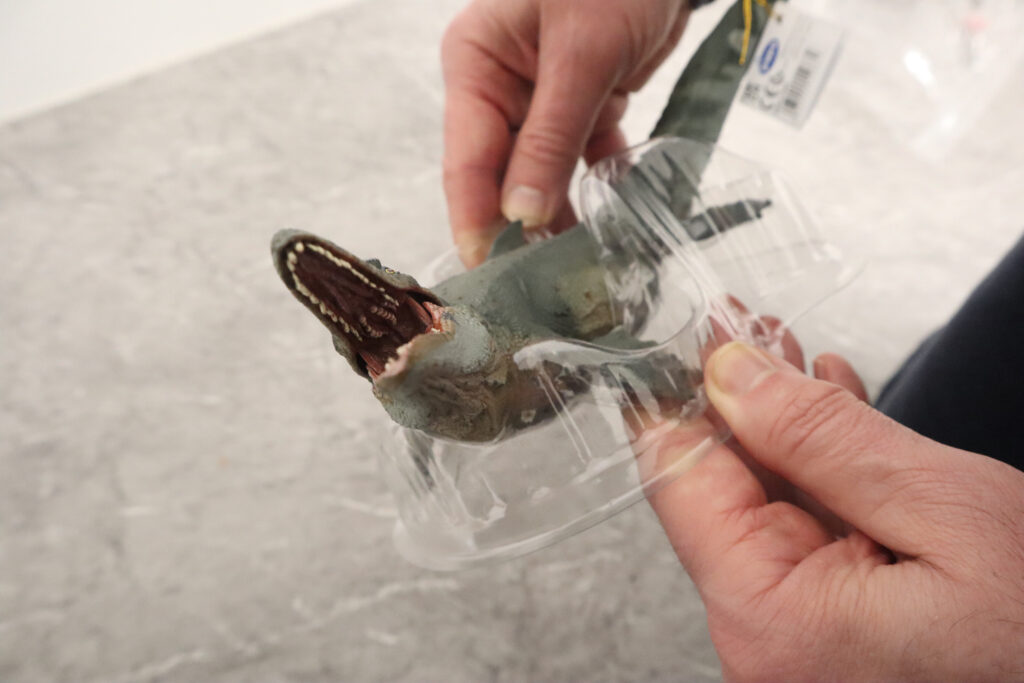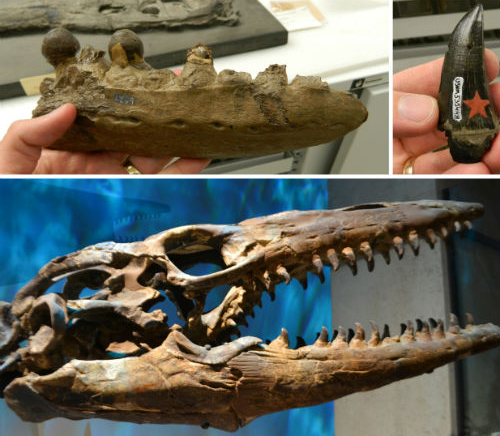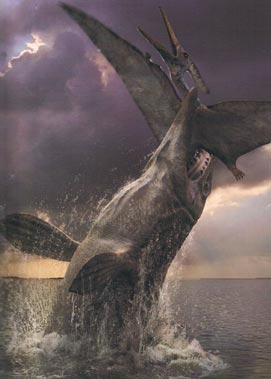Does the Fossil Record Represent True Diversity? That’s a Great Question!
How Helpful is the Fossil Record When it Comes to Extinct Animal Diversity?
When it comes to understanding biodiversity in ancient palaeoenvironments, scientists have to rely on the fossil record for their information. Ghost lineages can be inferred, the likelihood of related genera can be proposed using cladistics and phylogeny, but ultimately it is the fossils that form the basis of our understanding about how diverse life was in the past. This reliance on fossil material has numerous drawbacks. The fossil record is very incomplete and there is a large preservation bias between different organisms and different environments. For example, a snail with its hard shell, living on the muddy bottom of a shallow sea has got more chance of becoming a fossil than a soft-bodied mushroom living in a temperate forest.
Palaeontologists have to ask themselves: can the fossil record can be trusted to provide information about biodiversity?
Tyrannosaurus rex Might Be Popular with Museum Visitors but Other Meat-eating Dinosaurs Have a Much Less Complete Fossil Record

Mosasaurs Help to Provide Some Insight
Species are often named and described on the flimsiest of evidence, take for example famous dinosaurs such as Trachodon and Troodon, dinosaurs that were first named based on the finding of isolated teeth. Fortunately, these days ,there is a higher bar set when it comes to establishing that a fossil represents an animal new to science, although some new species are still named based on very fragmentary fossils.
Could it be that our understanding of past biodiversity is simply related to the quality of fossil material in different geological rock formations through time? This question relates to a fundamental debate within palaeontology about the quality and trustworthiness of the fossil record.
Exploring and Understanding the Fossil Record
Researchers from Bristol University and Leeds University set out to explore the relationship between the number and quality of fossils and their relationship with past diversity. Writing in the journal “Palaeontology”, the scientists focused on the Mosasauridae, that family of marine reptiles closely related to today’s snakes and lizards that thrived in the Late Cretaceous before meeting their demise at the same time as the dinosaurs.
Using Mosasaur Models to Examine the Diversity of Extinct Animals

Picture credit: Everything Dinosaur
The picture (above) shows the Papo Mosasaurus model.
To view the range of Papo prehistoric animal figures: Papo Prehistoric Animal Models.
Mosasaurs evolved into a number of different forms during the Cretaceous, some were giants, measuring more than thirteen metres in length and were the apex predators of marine ecosystems. Other species were much smaller such as the five-metre-long Platecarpus that fed on fish, squid and ammonites. Scientists have even identified a possible freshwater species of mosasaur (Pannoniasaurus inexpectatus).
The Fossil Record Indicates Diversity Amongst the Mosasauridae

Picture credit: Tom Stubbs and Dan Driscoll
The picture (above), illustrates some of the diversity found in the Mosasauridae. Some species are known from very fragmentary remains such as isolated bones and teeth, other species have been named based on far more complete skeletons. The partial lower jaw (top picture), shows the rounded teeth, almost ball-like teeth of a member of the Globidensini tribe of mosasaurs. A group of mosasaurs that evolved specialised teeth to cope with hard-shelled prey such as ammonites and crustaceans (durophagous diet).
The photograph (far right), shows a single mosasaur tooth. It is very large and the crown is robust and pointed, typical dentition associated with predatory behaviour, attacking and consuming other large vertebrates. The picture (bottom), shows a complete, restored skull of a mosasaur with a jaw containing small, recurved teeth indicative of a diet of fish or other small slippery creatures such as squid.
Dr Dan Driscoll (Bristol University), the lead author of the research stated:
“Mosasaurs have one of the richest vertebrate fossil records and have attracted study for over two centuries. The first mosasaur described was in 1808! Often, studies of fossil record quality have focused simply on the numbers of fossil species, however, it is important to consider the completeness of individual fossil specimens, and whether this distorts our view of diversity. To do this, robust statistical analysis is required.”
Using Mathematical Models to Test the Completeness of the Mosasaur Fossil Record
The researchers documented over four thousand and eighty mosasaur specimens and scored them for their degree of completeness. This is the largest quantitative analysis of its kind undertaken to date. By using mathematical modelling, the scientists were able to demonstrate that fossil completeness does not bias the fossil record of mosasaurs and that the rich fossil record of the Mosasauridae does provide an accurate illustration of the diversity and evolutionary history of these marine reptiles.
The Diverse Mosasauridae Family Occupied a Number of Niches within Marine Ecosystems

Picture credit: BBC Worldwide
Bristol University’s Dr Tom Stubbs, a co-author of the study explained:
“Mosasaurs were key players in Late Cretaceous marine ecosystems. Our study confirms that Mosasaurs were a successful group of animals that continued to diversify through their evolutionary history, before being abruptly wiped out by the extinction event that also impacted dinosaurs and many other groups.”
Fresh Insights into Mosasauridae Evolution
The conclusions provided by this new research reveals new insights into the evolution of the Mosasauridae, and highlights that, although the fossil record is most definitely incomplete, variable fossil completeness does not appear to bias large scale evolutionary and ecological patterns.
Co-author, Dr Alex Dunhill, (School of Earth and Environment at the University of Leeds), added:
“Palaeontologists often presume that the vertebrate fossil record is heavily biased by sampling. This may be so but, here we show that variation in the completeness of fossil specimens does not appear to bias large scale evolutionary patterns.”
Everything Dinosaur acknowledges the assistance of a media release from the University of Bristol in the compilation of this article.
The scientific paper: “The Mosasaur Fossil Record Through the Lens of Fossil Completeness” by D. Driscoll, A. Dunhill, T. Stubbs and M. Benton published in Palaeontology.
Visit the Everything Dinosaur website: Everything Dinosaur.

